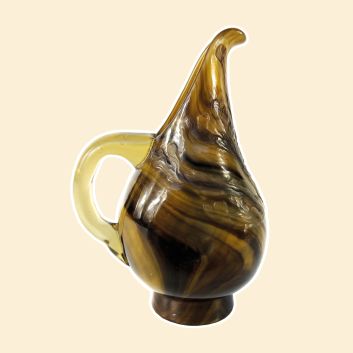Value and quotation of Emille Gallé's vases and pâte de verre creations
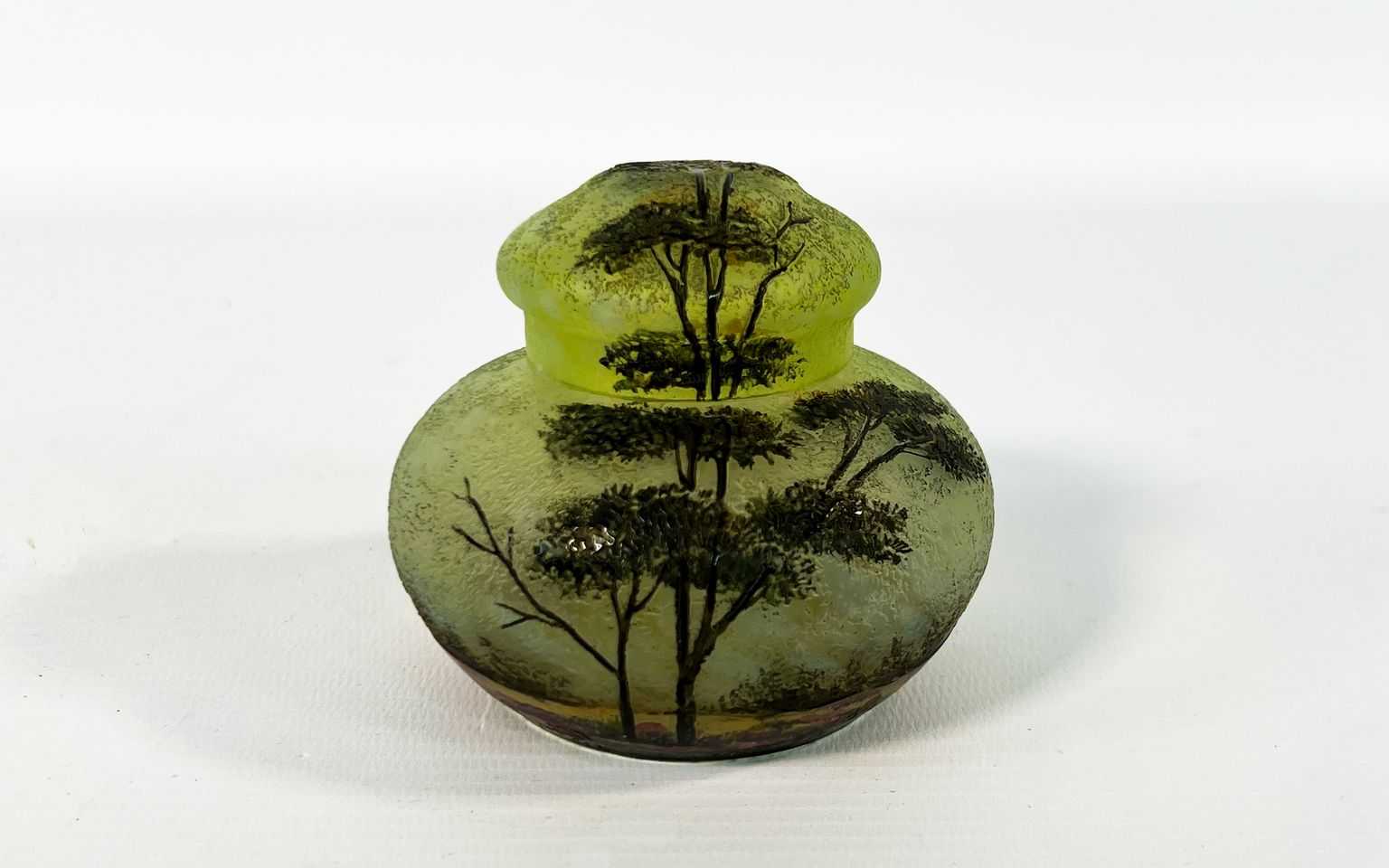
If you own a work in pâte de verre by or after the Gallé glassworks, and would like to know its value, our state-approved experts and auctioneers will offer you their appraisal services. Our specialists will carry out a free appraisal of your work, and provide you with a precise estimate of its current market value. Then, if you wish to sell your work, we'll guide you towards the best possible arrangement to obtain the optimum price.
Rating and value of Gallé glass pieces
Gallé is a French glassmaker well known to glass service enthusiasts. If you own one, it may be worth more than you think. On the art market, prices for works in Gallé glass paste can be very high at the auctioneer's gavel.
His pâte de verre works are particularly sought-after, selling on the art market for between €150 and €190,000, a fairly substantial range, but one that speaks volumes about the value that can be attributed to Gallé pâte de verre.
In 2019, a heraldic dragon in pâte de verre sold for €190,000.
Order of value from a simple work to the most prestigious
Object type | Results |
|---|---|
Miscellaneous items (carafes, bouquetière) | From €1,300 to €1,750 |
Vases in glass paste | From €170 to €9,200 |
Sculpture in glass paste | From €150 to €190,000 |
Response in less than 24h
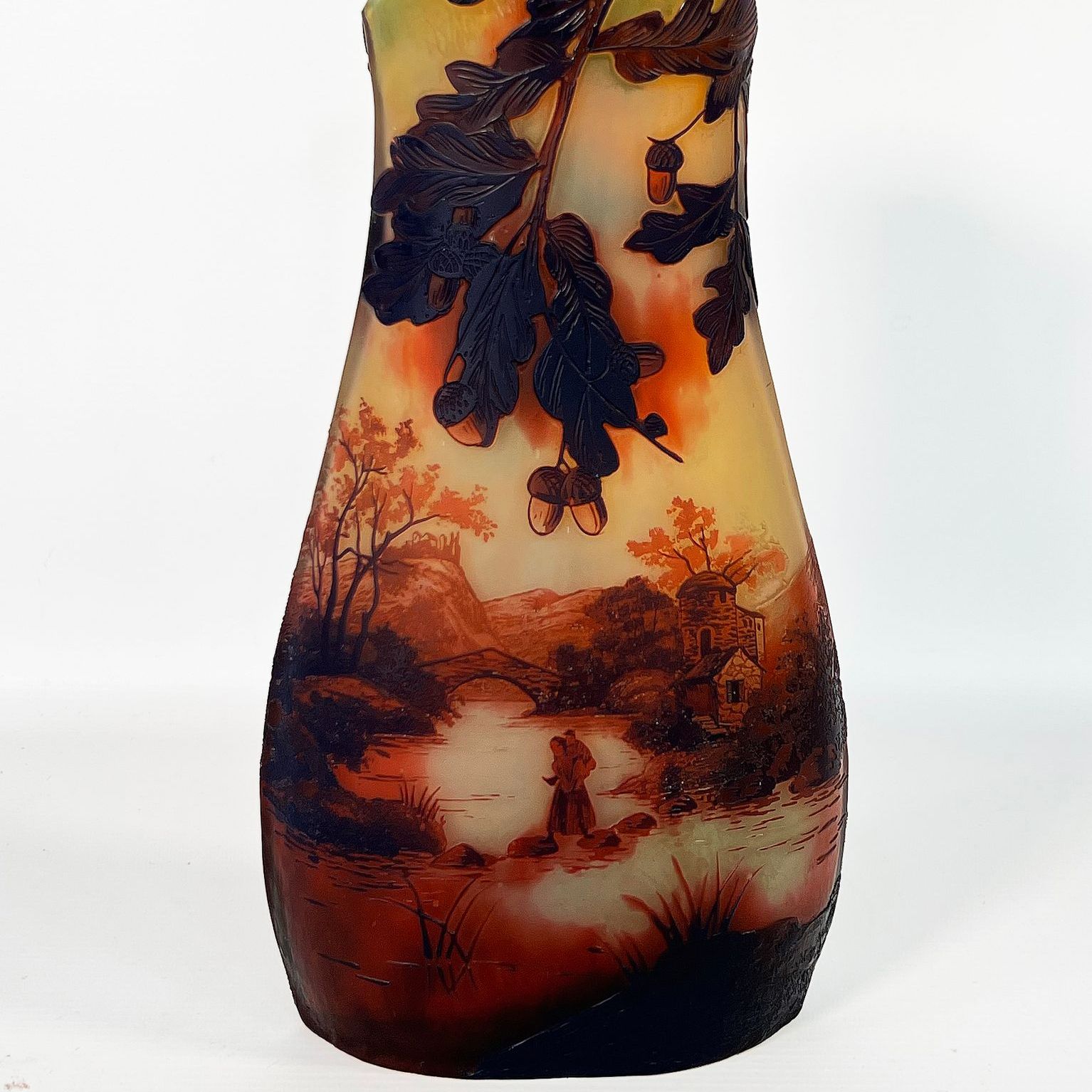
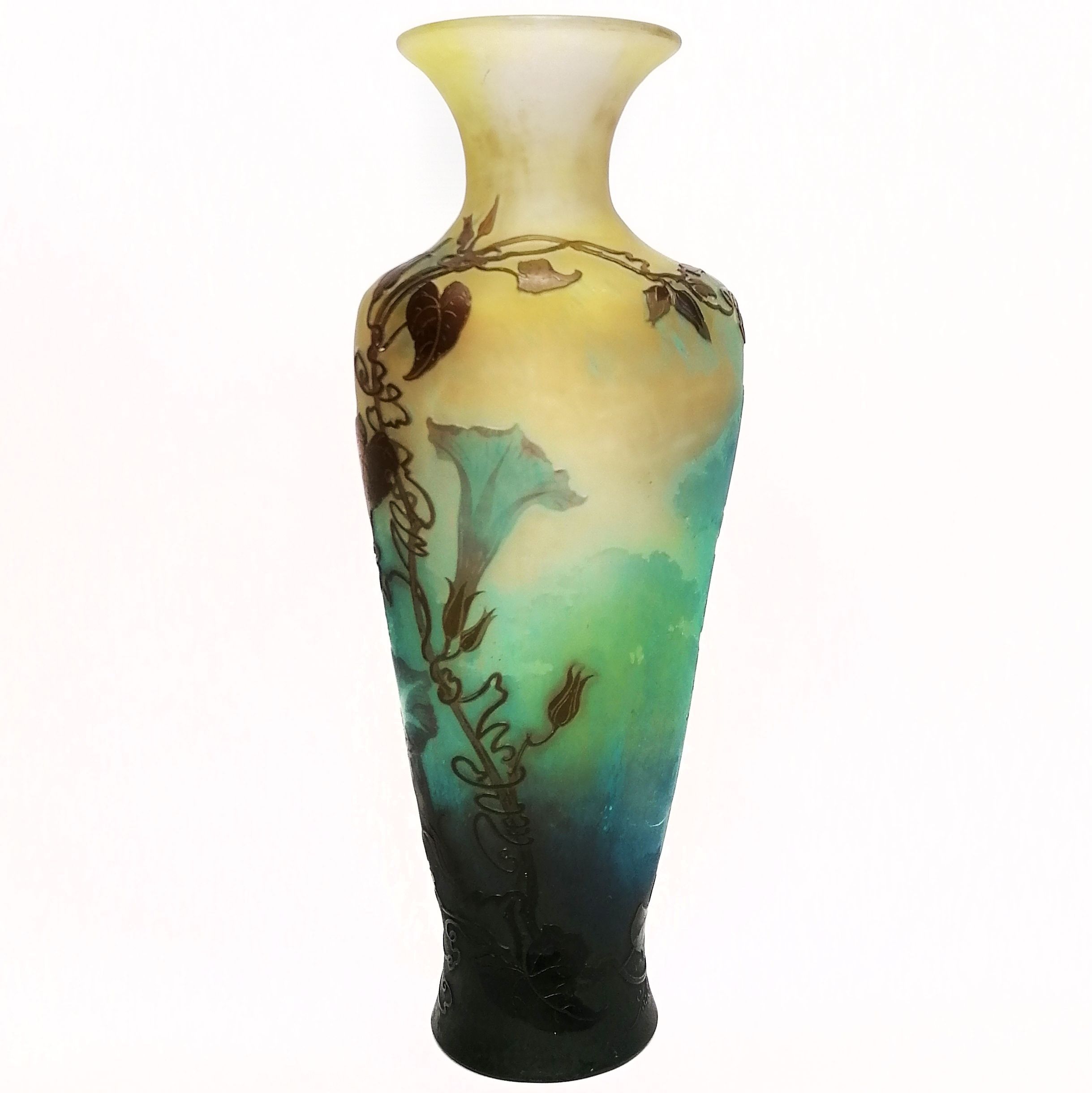
Style and technique of Gallé glassmaking
Gallé glassmaking is part of the Art Deco movement. Émile Gallé set up his factory in Nancy, inspiring Jean Daum and his descendants to follow in his artistic footsteps. They also exchanged artistic techniques, such as pâte de verre, developed by the Daum glassworks and adopted by Émile Gallé.
Émile Gallé, a multi-talented artist
Émile Gallé was born in Nancy on May 4, 1846, the son of Charles Gallé and Fanny Reinemer, who sold crystal and porcelain. After secondary school in Nancy, he left in 1865 to study German and mineralogy in Weimar. He then trained in glassmaking at Meisenthal and in ceramics at the Faïencerie de Saint-Clément. Émile Gallé also took up glass-blowing and extended his artistic skills to include carpentry. His family's passion for the natural sciences, especially plants, led him to drawing. His passion for travel led him to various European capitals. In 1871, he settled in London, where he worked at the Kensington Museum and Botanical Gardens.
Émile Gallé joined the family earthenware and glass decoration business in 1867. He represented his father Charles Gallé at the Universal Exhibition in London in 1871 and in Lyon in 1872. In 1877, he took over the family business and expanded into joinery. He took part in numerous exhibitions, including the Universal Exhibitions of 1878, 1889 and 1893, where he won several prizes and medals. He was one of the most important figures in the applied arts of his time, and one of the precursors of Art Nouveau. At the same time, Émile Gallé pursued a career as a naturalist and scientist. In 1877, he founded the Société centrale d'horticulture de Nancy. Throughout his life, he pursued research into the polymorphism of plants and maintained scientific relations with the leading French and foreign biologists of the time.
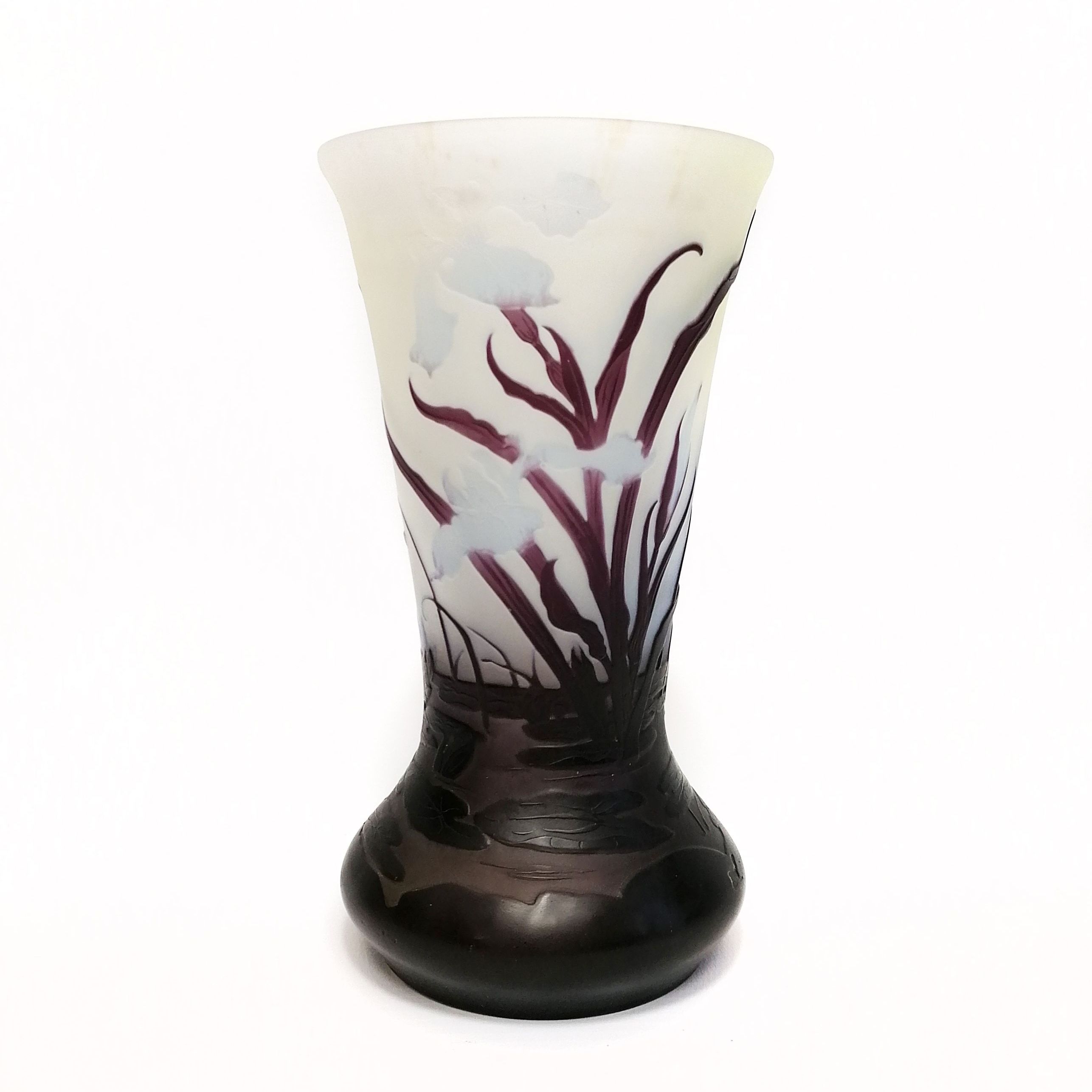
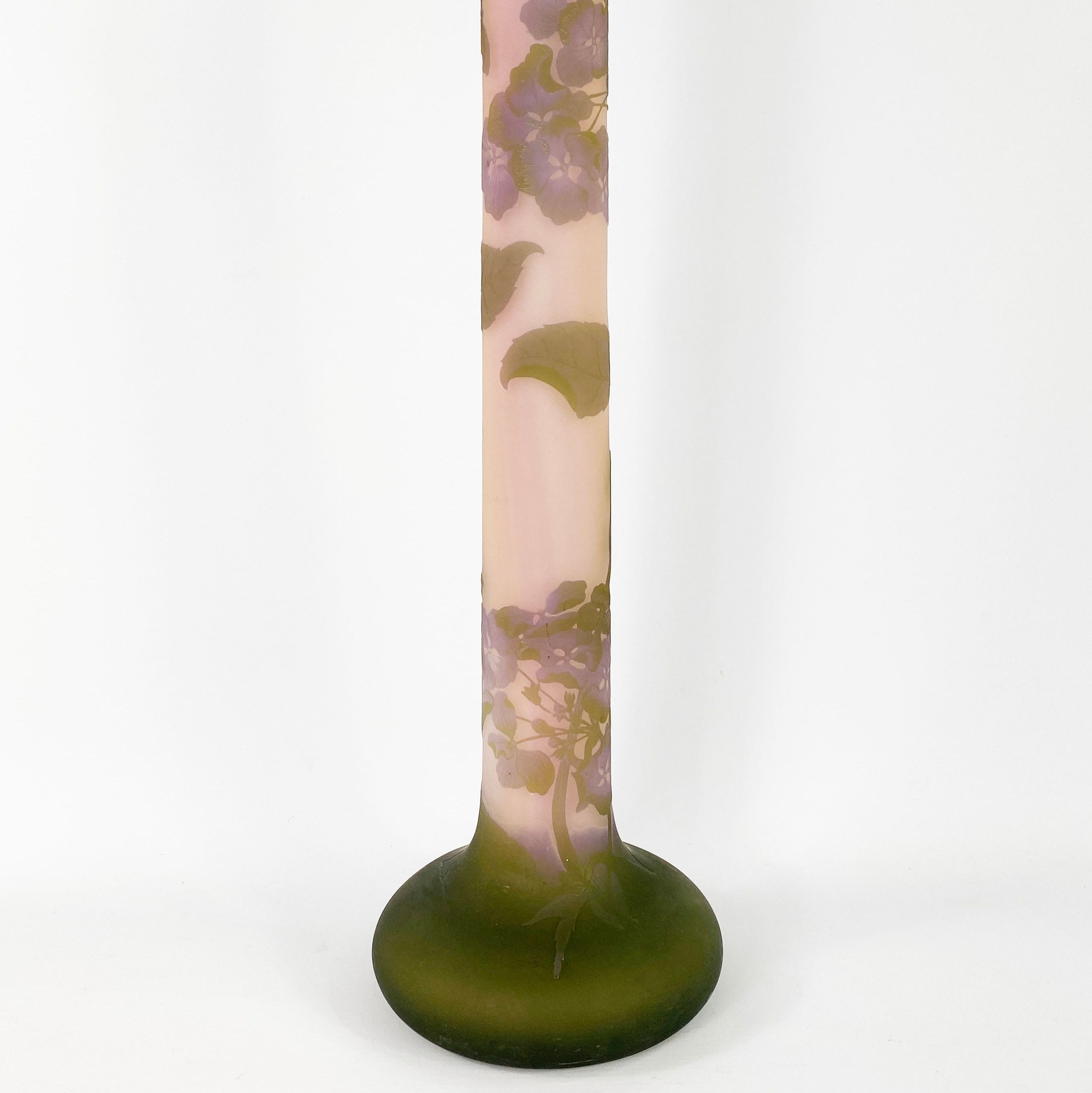
Émile Gallé, a career on all fronts
At the start of his career, his artistic sources of inspiration were varied, but nature soon became the theme of choice for decorating his works, particularly earthenware. The "herbarium" service was Émile Gallé's first creation, when he was still a schoolboy. From 1859 to 1868, he made several trips to Savoy, roaming the mountain pastures and collecting plants for his herbarium, which he used as inspiration for his earthenware service in 1865. The Musée d'Orsay preserves the three manuscripts in which he describes it in detail. The Musée de la faïence et des Beaux-Arts de Nevers holds twenty-two earthenware pieces from the "herbier" service and fifteen works from this famous service.
He also makes lamps that are well-known and in demand on the market, especially mushroom lamps.
Émile Gallé died of leukemia in 1904 at the age of 58.
Glass paste, an innovation from the Daum glassworks taken up by Gallé
Glass paste has been reinvented by Daum, with Almaric Walter as the initiator. The technique has existed since the time of the Egyptians, around 500,000 BC.
Glassmaking is the latest technique: lost-wax casting. This allows extremely precise mass production and results identical to the original model, which is impossible with blown crystal.
The glass paste consists of crystal and lead. The first model is made in terracotta, which is covered with an elastomer mold. The wax is then covered with plaster, which forms a negative mold. A 20-day firing in an oven is necessary to bring out the groisil from the plaster. This process creates around 200 identical vases of the same quality.
Gallé resumed this process, producing works that are often signed. For its part, the Daum glassworks used the acid-decoration process developed by Gallé.
Recognizing the signature on a Gallé product
Not all pieces produced by the Gallé glassworks are signed. That's why it's important to have your pieces appraised.
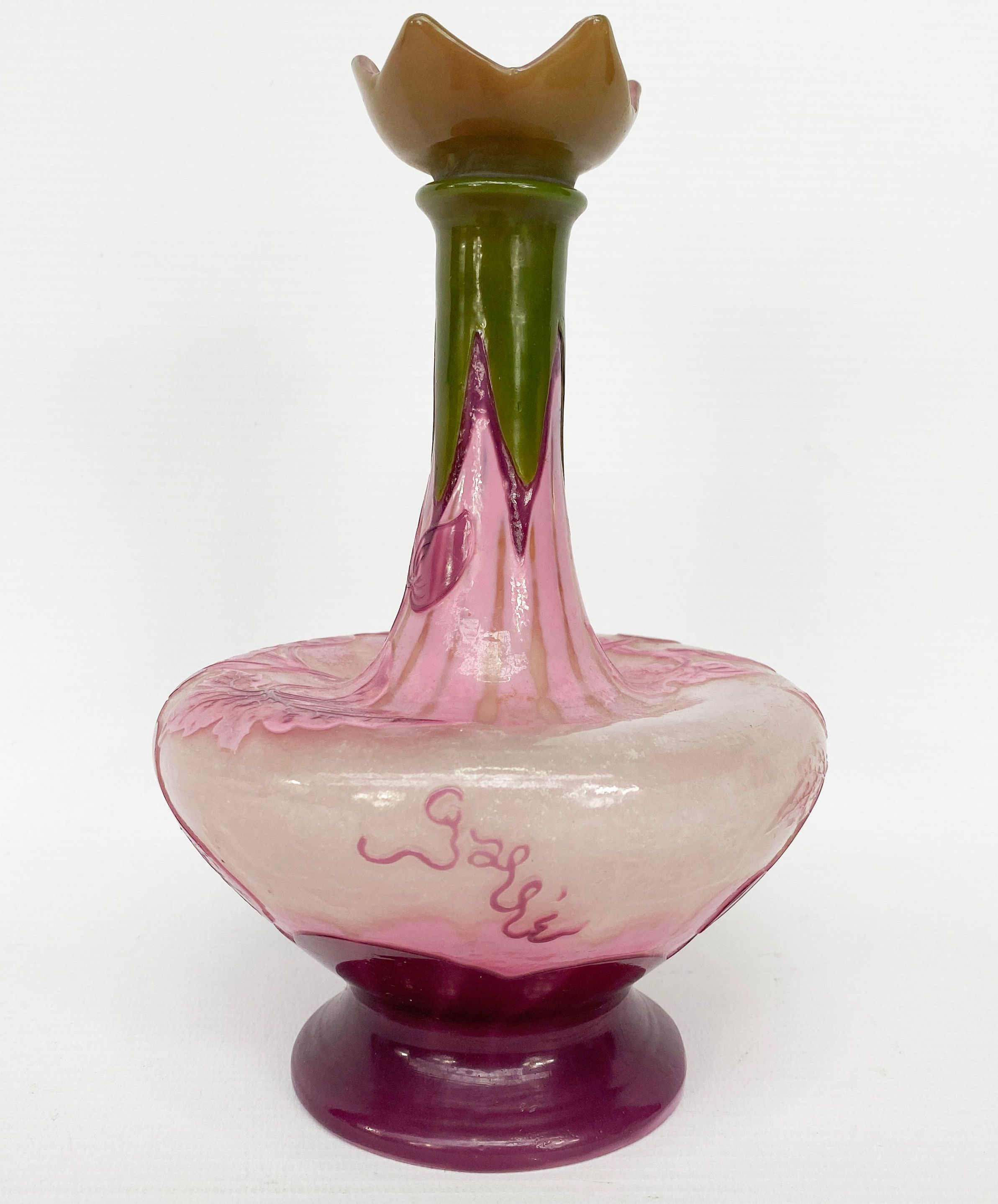
Knowing the value of a work
If you happen to own a work by or after Gallé, don't hesitate to request a free appraisal using the form on our website. A member of our team of experts and certified auctioneers will contact you promptly to provide you with an estimate of the market value of your work, as well as any relevant information about it. If you're thinking of selling your work, our specialists will also be on hand to offer you alternatives for selling it at the best possible price, taking into account market trends.
Response in less than 24h
Related topics
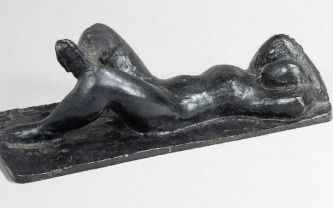
Rating and value of drawings, paintings and sculptures by Georges...
Georges Kars is a twentieth-century painter, draughtsman and sculptor who has produced works that are valued at auction.
Read more >
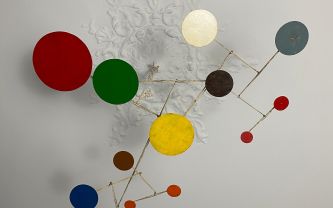
Rating and value of mobiles, lighting fixtures, Alex's installations...
Alexander Calder is a twentieth-century American artist who produced a number of highly prized mobiles and lighting fixtures.
Read more >
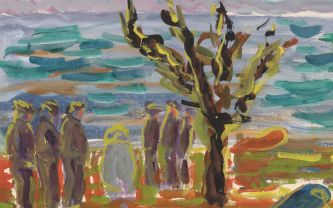
Cote et valeur des tableaux, dessins, peintures de Marianne...
Marianne von Werefkin est une artiste russe et suisse du XXème siècle, qui a produit des oeuvres expressionnistes, dont la valeur est élevée.
Read more >
Secure site, anonymity preserved
State-approved auctioneer and expert
Free, certified estimates
